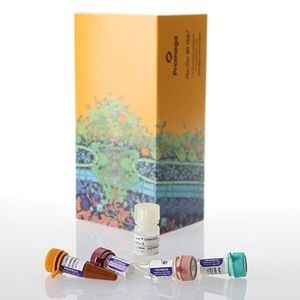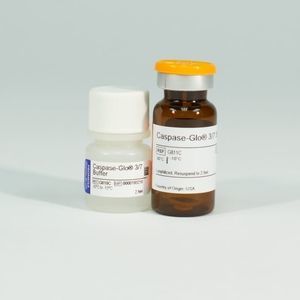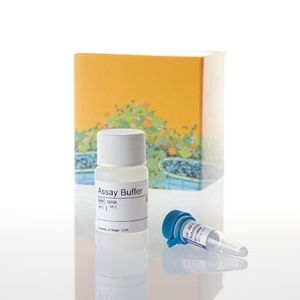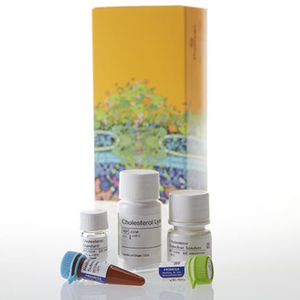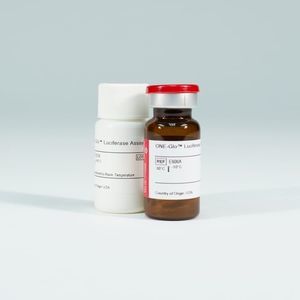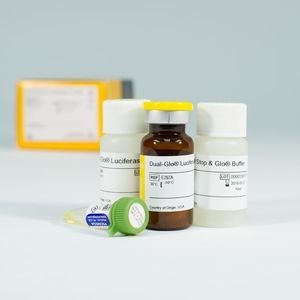
- Laboratory
- Laboratory medicine
- Serum reagent
- Promega France
Serum reagent kit Glycerol-Glo™tissuefor biological samplesphosphate
Add to favorites
Compare this product
Characteristics
- Type
- serum
- Applications
- tissue, for biological samples
- Tested parameter
- phosphate, glycerol, ATP, triglycerides
- Method
- enzymatic
- Storage temperature
-65 °C
(-85 °F)
Description
Works with lysed cells, tissues, medium and serum samples
Perform directly in-well
Linear glycerol detection up to 80µM
Rapid and Sensitive Glycerol Detection in Biological Samples
The Glycerol-Glo™ Assay is a bioluminescent assay for rapid and sensitive measurement of glycerol in a variety of biological samples, including cells grown in monolayer or 3D structures, cell culture medium, tissues and serum samples. Glycerol is often measured as the product of lipolysis, where it is released from triglycerides. Glycerol is also a substrate or product of many other enzymatic or metabolic processes that can be studied with the glycerol assay. Any processes that result in changes in glycerol concentration, both extracellular and intracellular, can be studied with the Glycerol-Glo™ Assay.
How the Assay Works
The Glycerol-Glo™ Assay measures glycerol in a coupled reaction scheme that links the production of NADH to the activation of a proluciferin that produces light with luciferase. Glycerol kinase and glycerol-3-phosphate dehydrogenase are used to generate NADH.
In the presence of NADH, Reductase enzymatically reduces a proluciferin Reductase Substrate to luciferin. Luciferin is detected in a luciferase reaction using Ultra-Glo™ Luciferase and ATP and the amount of light produced is proportional to the amount of glycerol in the sample.
Simple, Flexible Sample Preparation
Glycerol Release from Adipocytes
The Glycerol-Glo™ Assay can be used with cultured cells, including 3D cell culture models, homogenized tissue samples, cell culture medium samples and serum or plasma samples.
Catalogs
No catalogs are available for this product.
See all of Promega France‘s catalogsRelated Searches
- Assay kit
- Solution reagent kit
- Molecular biology reagent kit
- Immunoassay assay kit
- Research reagent kit
- Protein reagent kit
- Laboratory reagent kit
- Enzyme reagent kit
- Histology reagent kit
- Optical assay kit
- Reagent medium reagent kit
- Immunology reagent
- Dye reagent
- Antibody
- Buffer solution reagent kit
- Fluorescence assay kit
- PCR reagent kit
- Bacteria reagent kit
- Research assay kit
- Blood sample reagent kit
*Prices are pre-tax. They exclude delivery charges and customs duties and do not include additional charges for installation or activation options. Prices are indicative only and may vary by country, with changes to the cost of raw materials and exchange rates.


